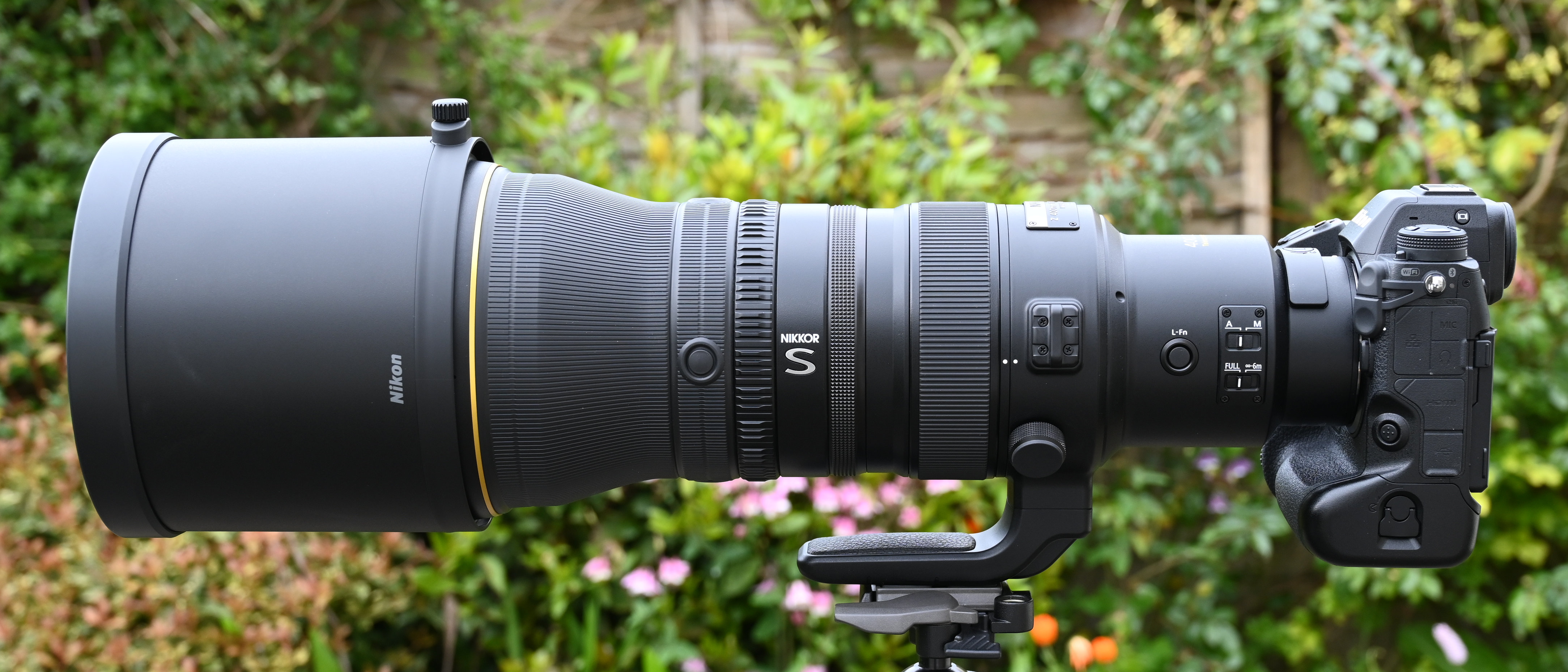Digital Camera World Verdict
Not many of us would dream of spending around $14,000 / £13,500 on a lens. But we’re still curious, in the same way that car buffs like to check out a Ferrari. The million dollar question, so to speak, is whether this Nikkor justifies its price tag. In one word… Absolutely. With its built-in 1.4x tele-converter, it’s like two lenses in one – a 400mm f/2.8 and a 560mm f/4. It delivers spectacular overall performance and stunning image quality in both configurations, has all the handling extras you could wish for, and is built to last a lifetime.
Pros
- +
Jaw-dropping performance
- +
Fast aperture
- +
Built-in tele-converter
Cons
- -
Heavyweight build
- -
Super-heavyweight price tag
Why you can trust Digital Camera World
The Nikon Z 400mm f/2.8 TC VR S adds real clout to the Z-system telephoto line-up. Lenses with built-in tele-converters are rare but not unique. Nikon and Canon both make DSLR-mount super-telephoto zooms with built-in tele-converters. This prime lens follows suit, combining a native 400mm f/2.8 configuration with a 1.4x extender that gives you 560mm at f/4. Not only much quicker to add into or take out of the equation with a simple flip of a lever, the internal teleconverter is designed specifically to match the optical characteristics of this particular lens.
Specifications
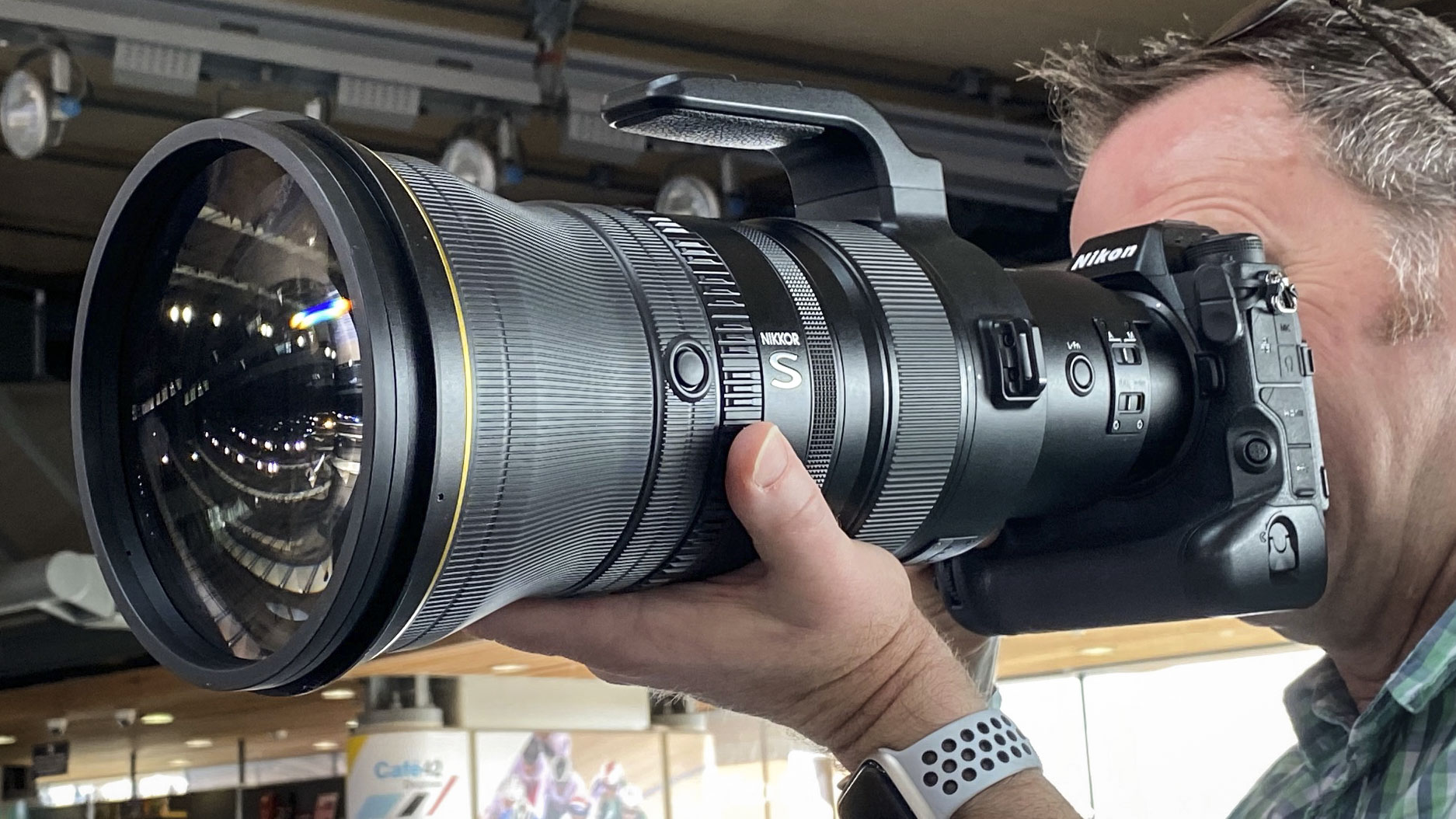
Mount: Nikon Z
Full-frame: Yes
Autofocus: Yes
Stabilization: Yes
Lens construction: 25 elements in 19 groups
Angle of view: 6 / 4.5 degrees
Diaphragm blades: 9
Minimum aperture: f/22 / 32
Minimum focusing distance: 2.5m
Maximum magnification ratio: 0.17x
Filter size: Rear, drop-in
Dimensions: 156x380mm
Weight: 2,950g
Key features
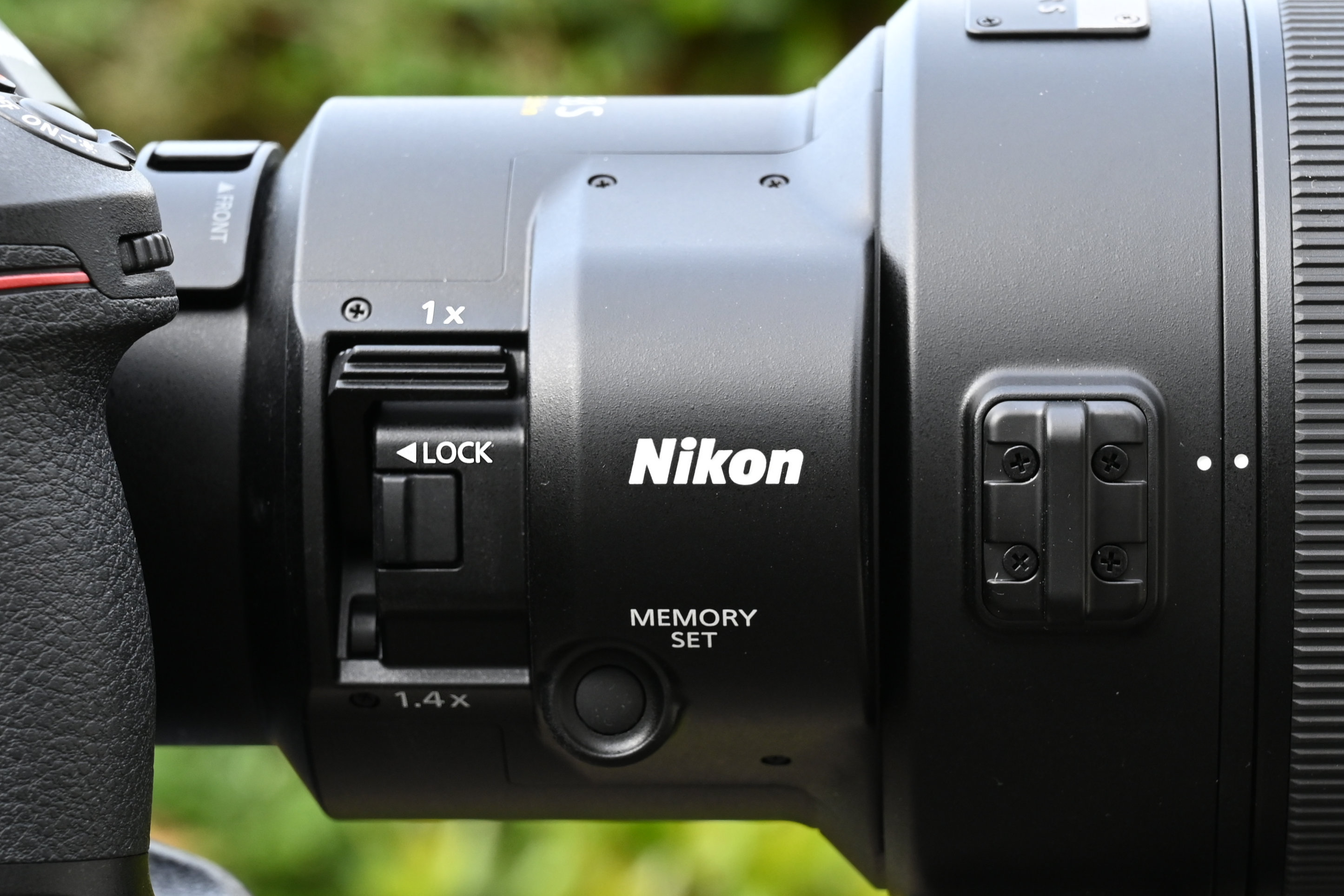
There’s no getting away from the dream-team specifications demanding a big, heavy build, weighing in at just under 3kg. Even so, that’s 20 per cent lighter than Nikon’s latest 400mm f/2.8 F-mount lens and, while it’s a bit of a whopper at 156x380mm, there’s a lot packed in.
The upscaled optical layout is based on 25 elements in 19 groups, which includes 7 elements in 4 groups for the internal tele-converter. To enhance quality and reduce weight, the design features two fluorite glass elements. There are also two ED (Extra-low Dispersion) elements, one Super-ED element and an SR element, the last of which refracts short-wavelength light. Up-market coatings include both ARNEO and Nano Crystal Coat, plus a new Meso Amorphous Coat which is particularly anti-reflective for light entering at acute angles.
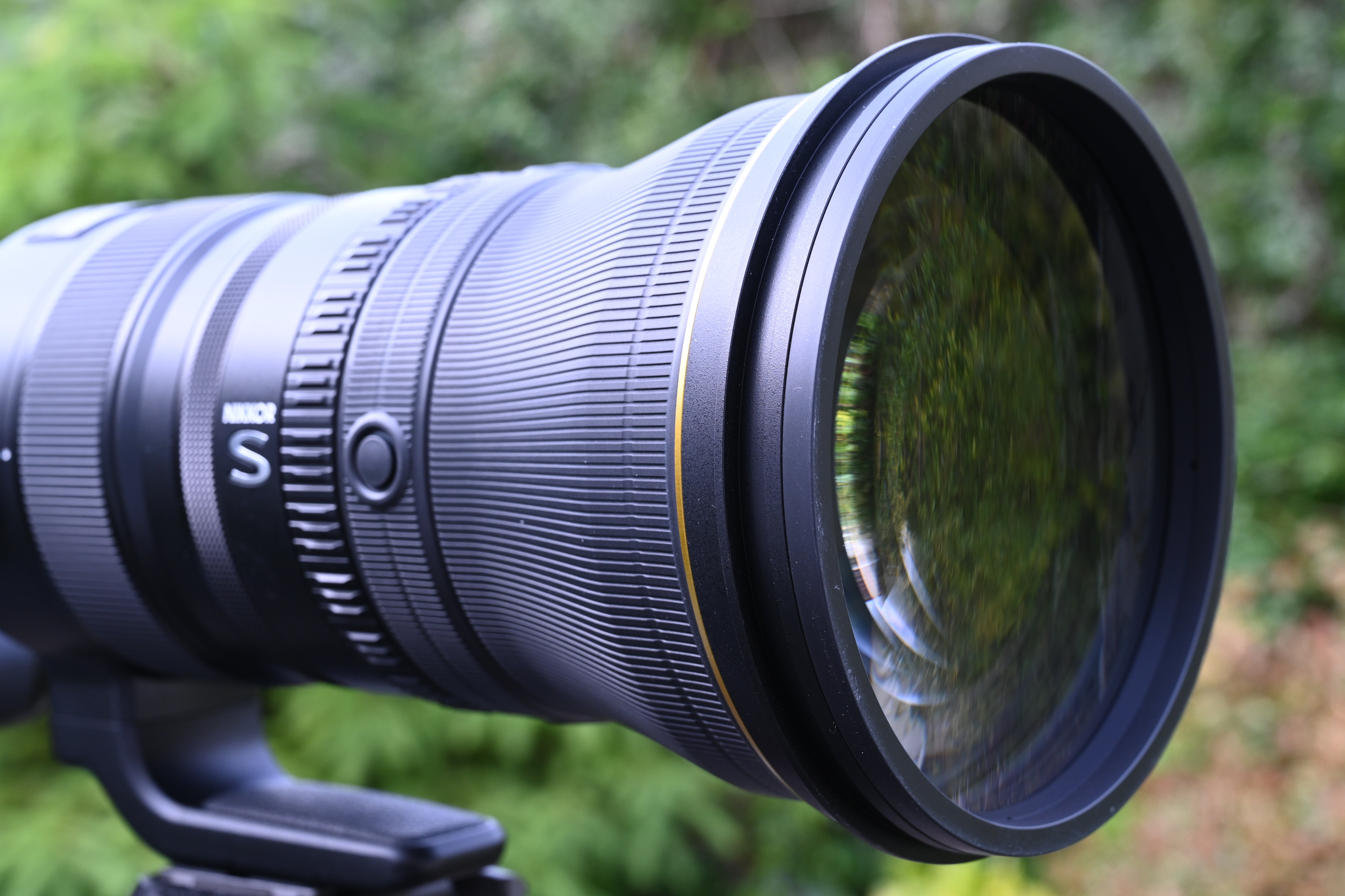
We often say that recent mirrorless lenses have super-fast and virtually silent autofocus but this one really pushes the envelope. It boasts a Silky Swift Voice Coil Motor system which uses magnetic attraction to further boost speed, along with a high-precision sensor inherited from the field of robotics to ensure supreme accuracy. The VR system is similarly top-drawer, delivering 5.5-stop performance in its own right and getting a further boost from the in-body stabilizers of Nikon’s full-frame Z-system cameras.
Build and handling
Sure, it’s a heavyweight lens but that comes with the territory. Even so, at 2,950g, reasonably short periods of handheld shooting are on the cards. The tripod/monopod mounting ring is removable and the VR system really earns its keep. Build quality is exceptional, with a tough, weather-sealed construction incorporating a magnesium alloy barrel and fluorine coatings on the front and rear elements. The barrel features lugs for the supplied padded shoulder strap and the lens comes complete with a backpack-style soft padded carrying case.
There are handling refinements aplenty. The three control rings include a customizable ring which you can assign to stepless aperture control, exposure compensation, ISO and the like. Similarly, there’s a customizable function button towards the rear and a rank of secondary customizable function buttons around the front section.
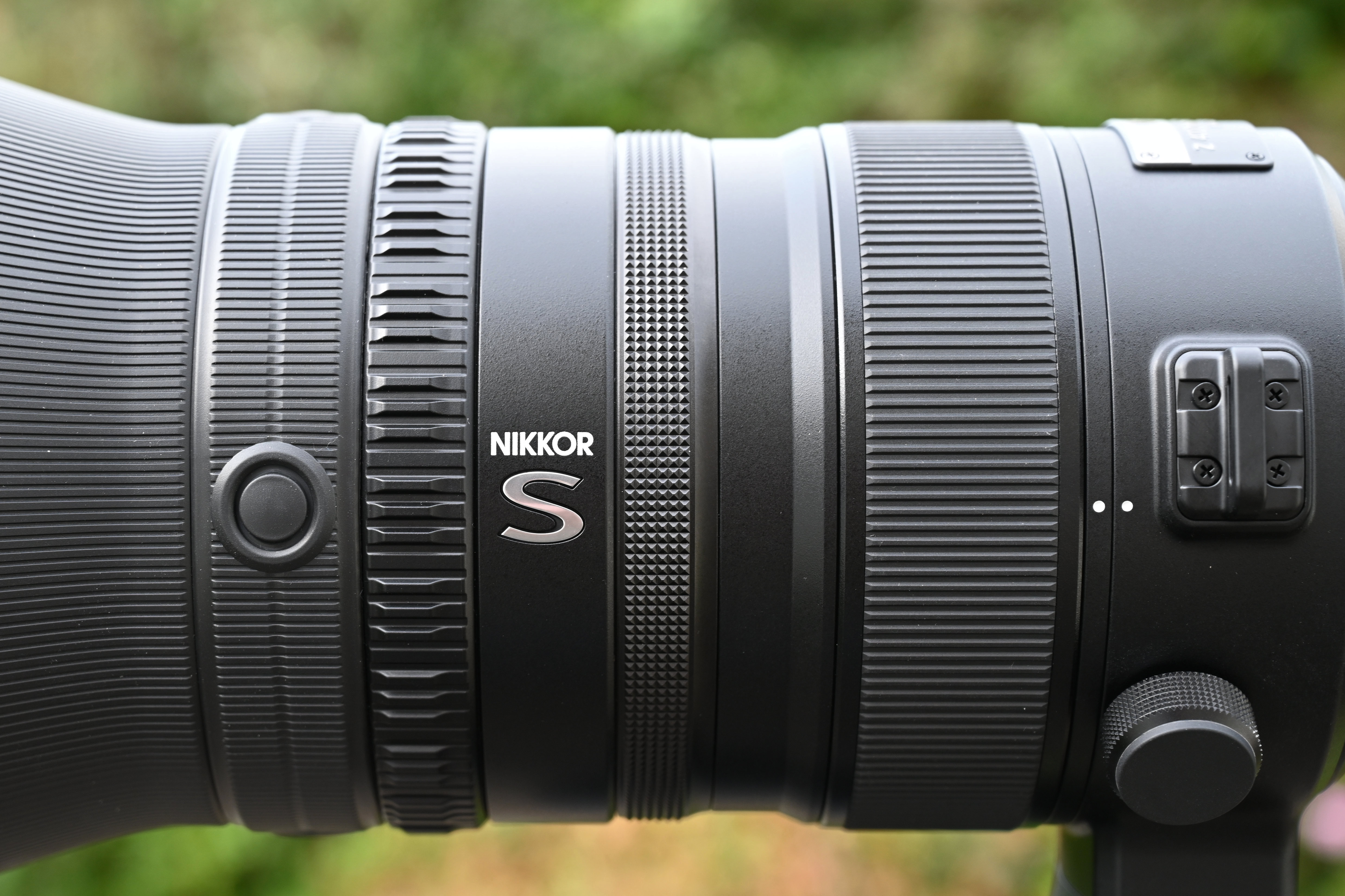
At the rear left is an A/M focus mode switch and an autofocus range limiter which can lock out distances closer than 6m. Rear right is a simple lever for engaging and disengaging the internal 1.4x tele-converter, complete with a locking switch, just in front of which is a customizable memory set button. Up top at the rear is a lockable tray for drop-in filters. The lens also has a Kensington lock for added security. The circular hood locks into place with a thumbscrew, around which the soft lens cap can be secured.
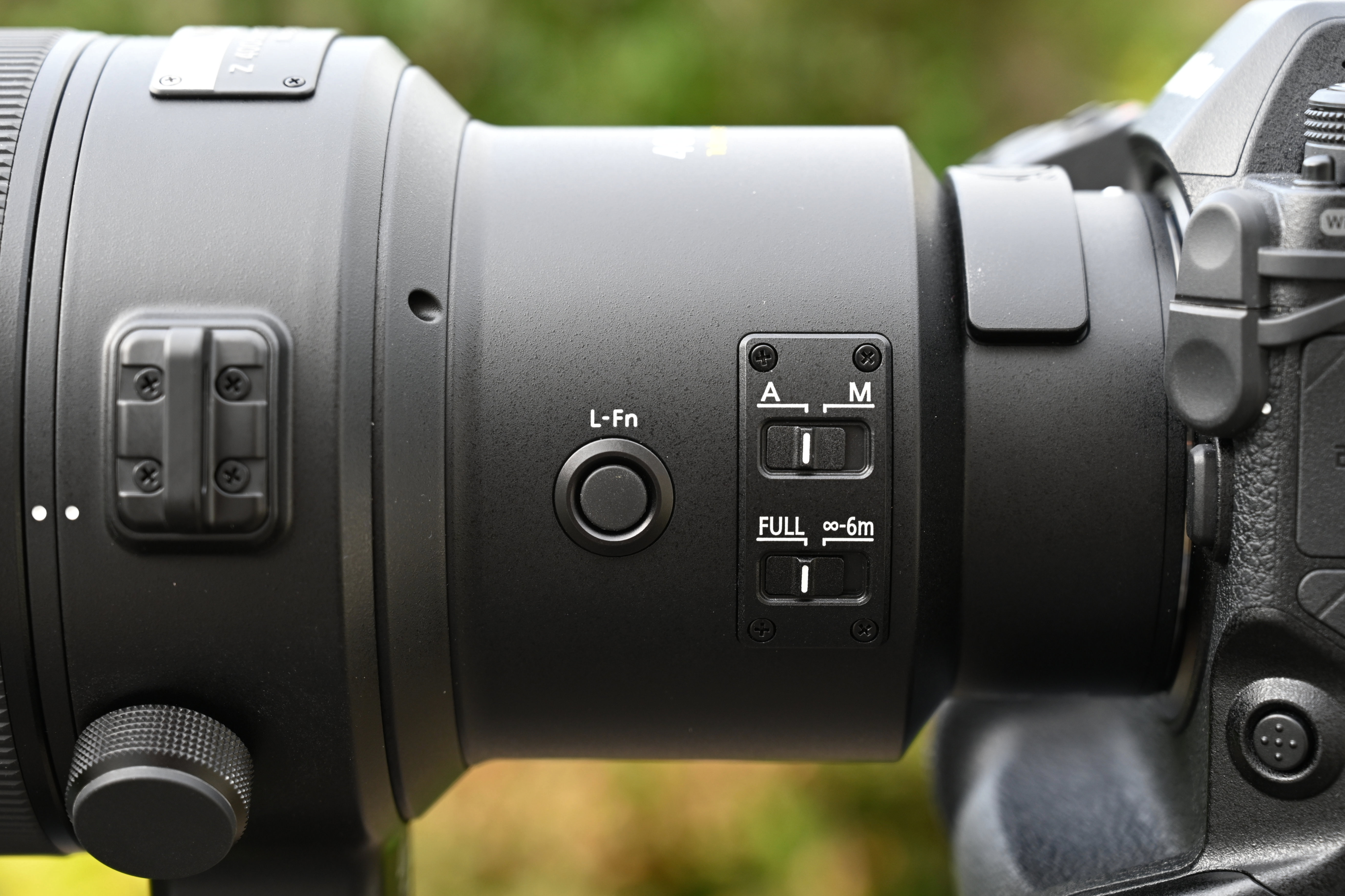
Performance
Image quality is absolutely spectacular in all respects. Moreover, while tele-converters are notorious for downgrading image quality and all-round performance, the lens remains scary-sharp at 560mm with epic autofocus performance and rock-steady stabilization. Indeed, the speed of autofocus is breathtaking, snapping into position and accurately tracking fast-moving subjects.
Color fringing and distortion are negligible, and the optical design with its three different coatings does a superb job of suppressing ghosting and flare. On top of all that, if you feel that even 560mm comes up short in terms of telephoto reach, the lens is fully compatible with Nikon’s Z 1.4x and 2x external teleconverters.
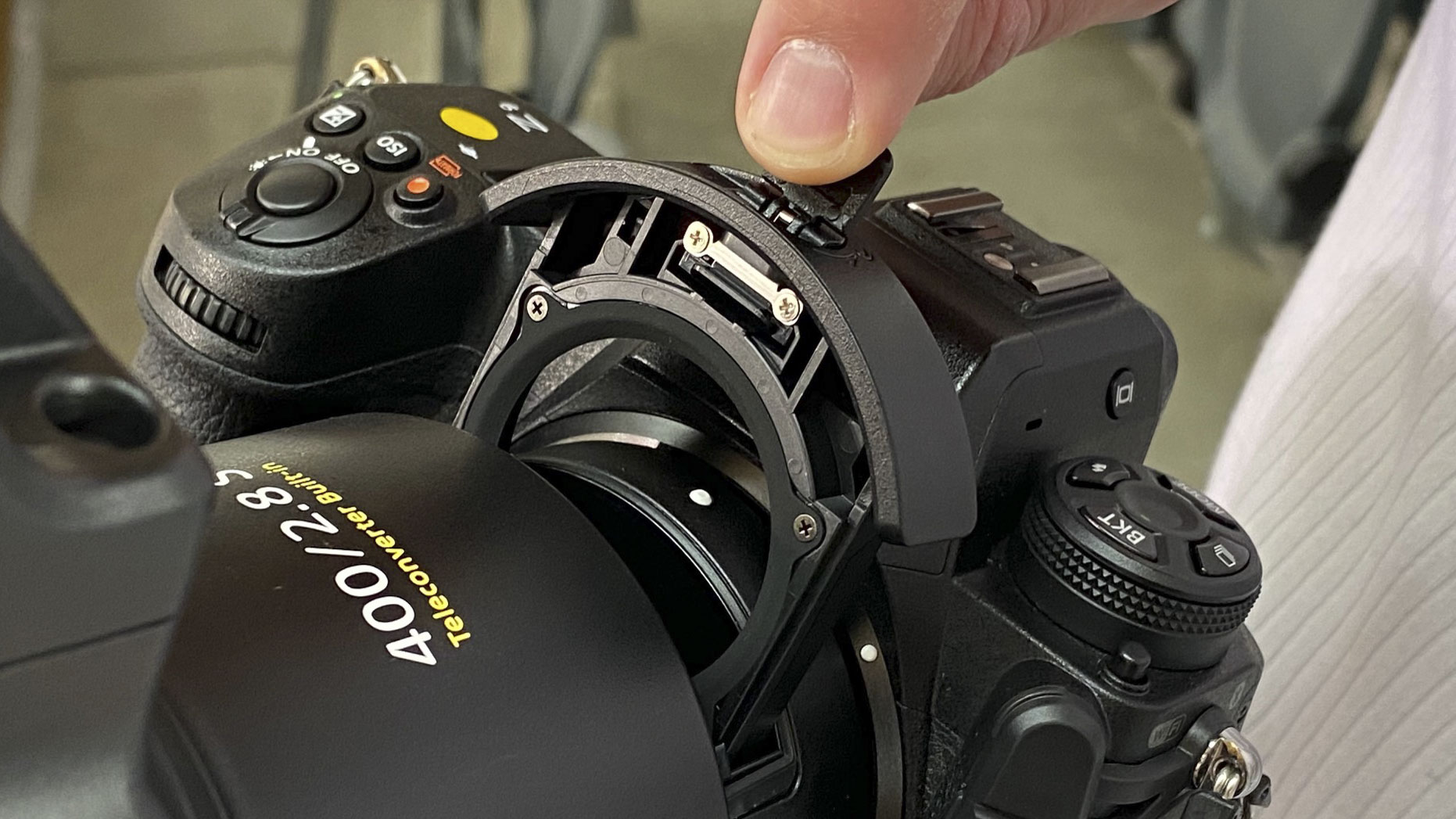
Sample images
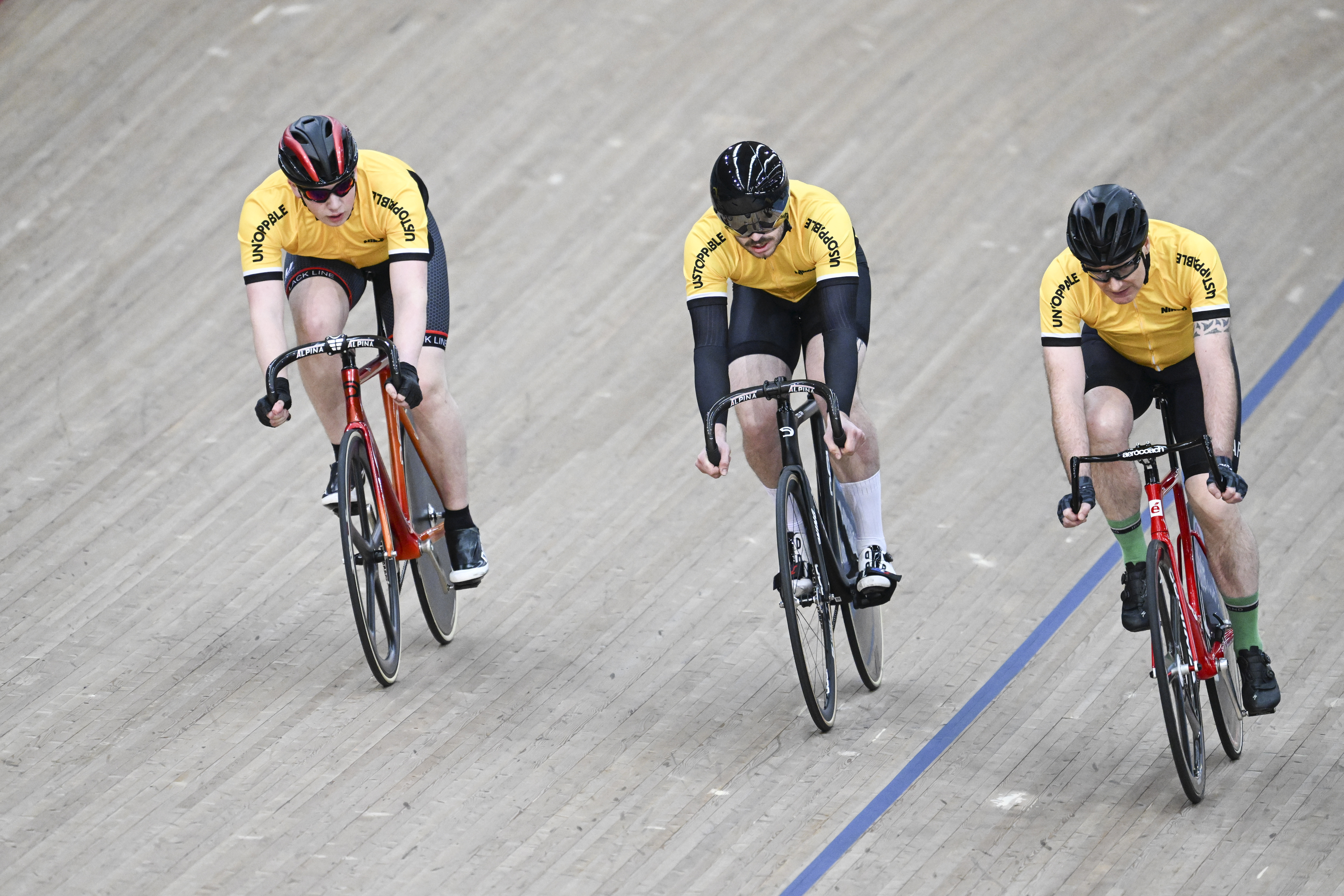
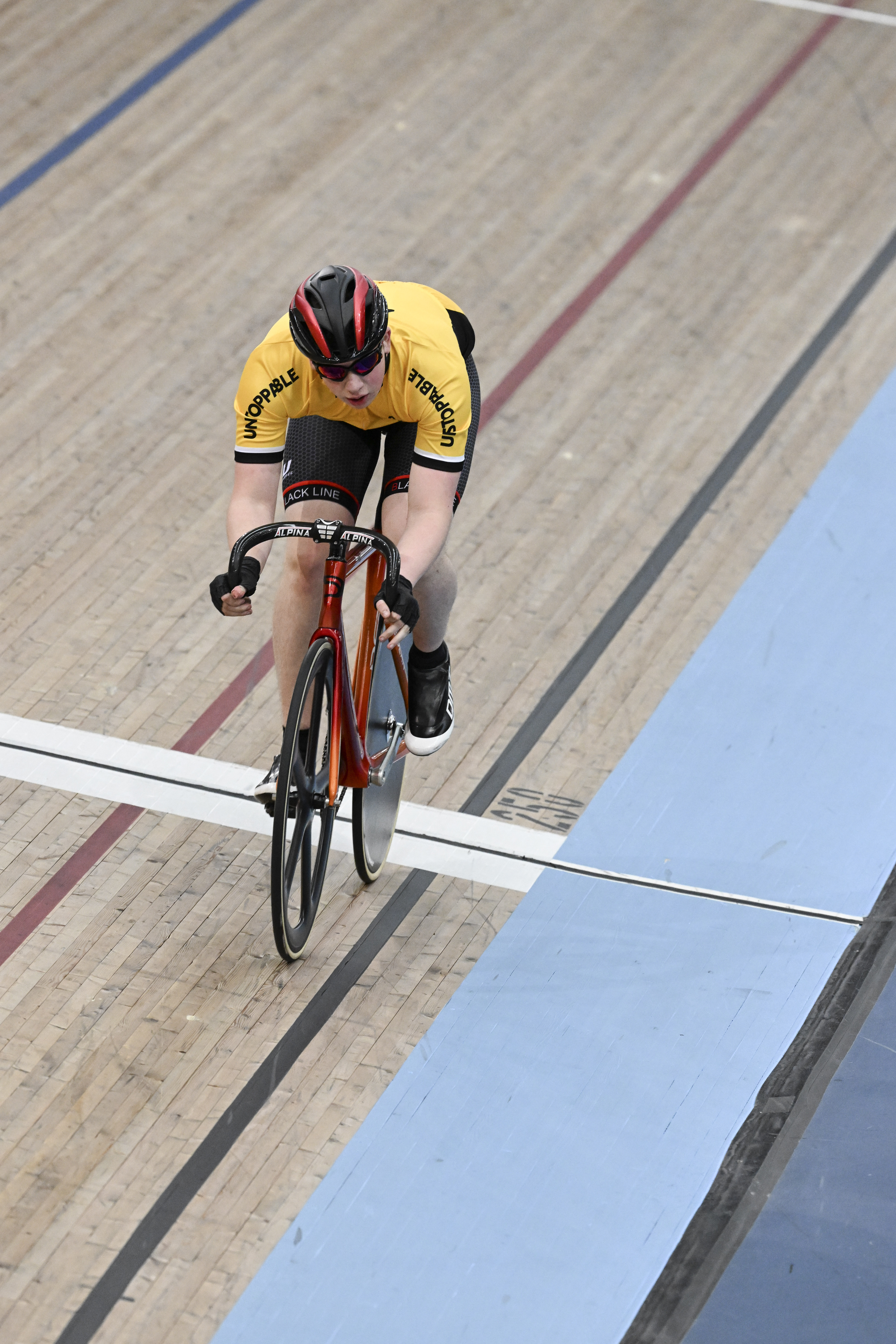






This pair of shots demonstrates how much extra reach you get when engaging the 1.4x tele-converter

This pair of shots demonstrates how much extra reach you get when engaging the 1.4x tele-converter
Lab results
We run a range of lab tests under controlled conditions, using the Imatest Master testing suite. Photos of test charts are taken across the range of apertures and zooms (where available), then analyzed for sharpness, distortion and chromatic aberrations.
We use Imatest SFR (spatial frequency response) charts and analysis software to plot lens resolution at the center of the image frame, corners and mid-point distances, across the range of aperture settings and, with zoom lenses, at four different focal lengths. The tests also measure distortion and color fringing (chromatic aberration).
Sharpness:
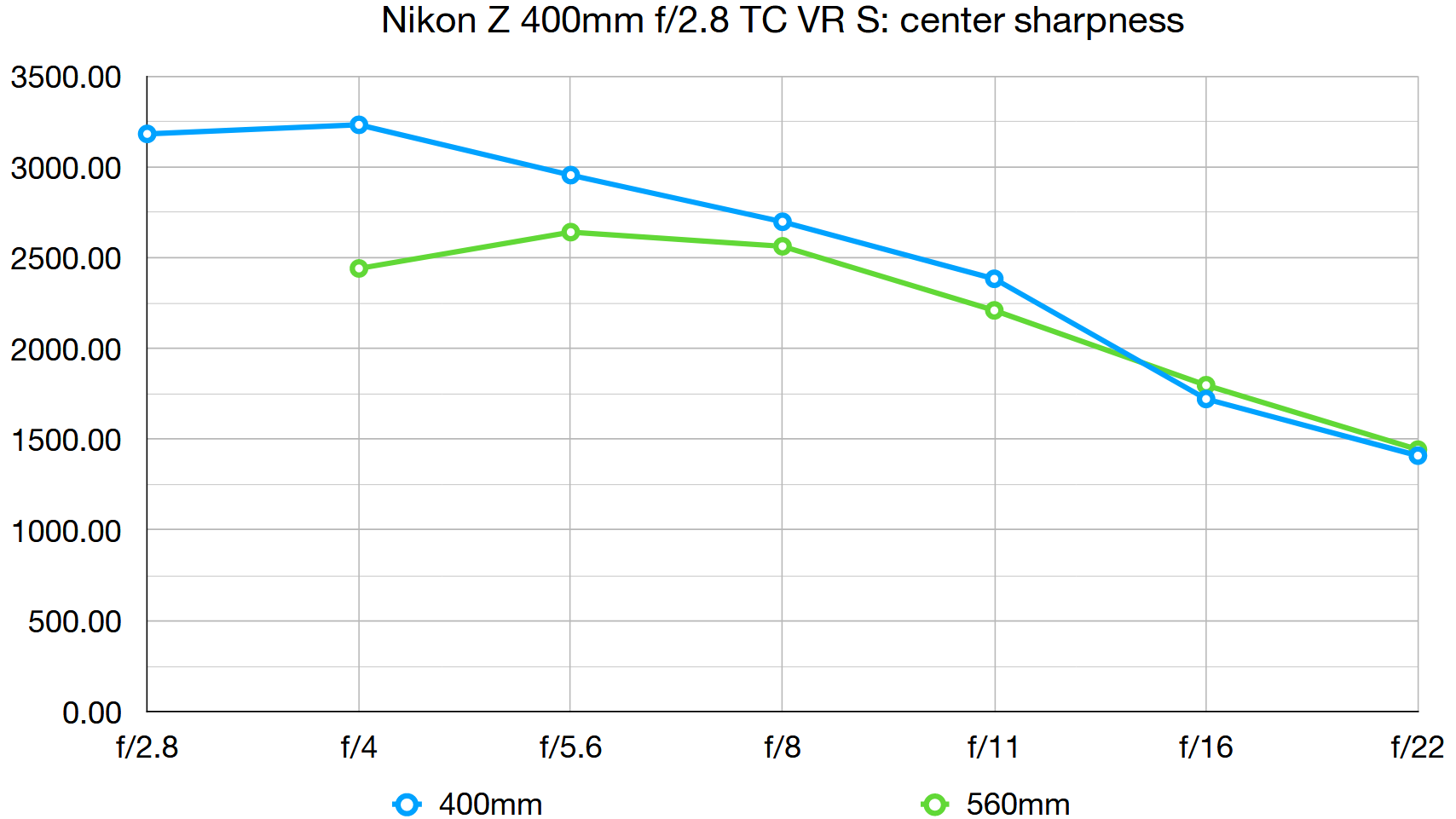
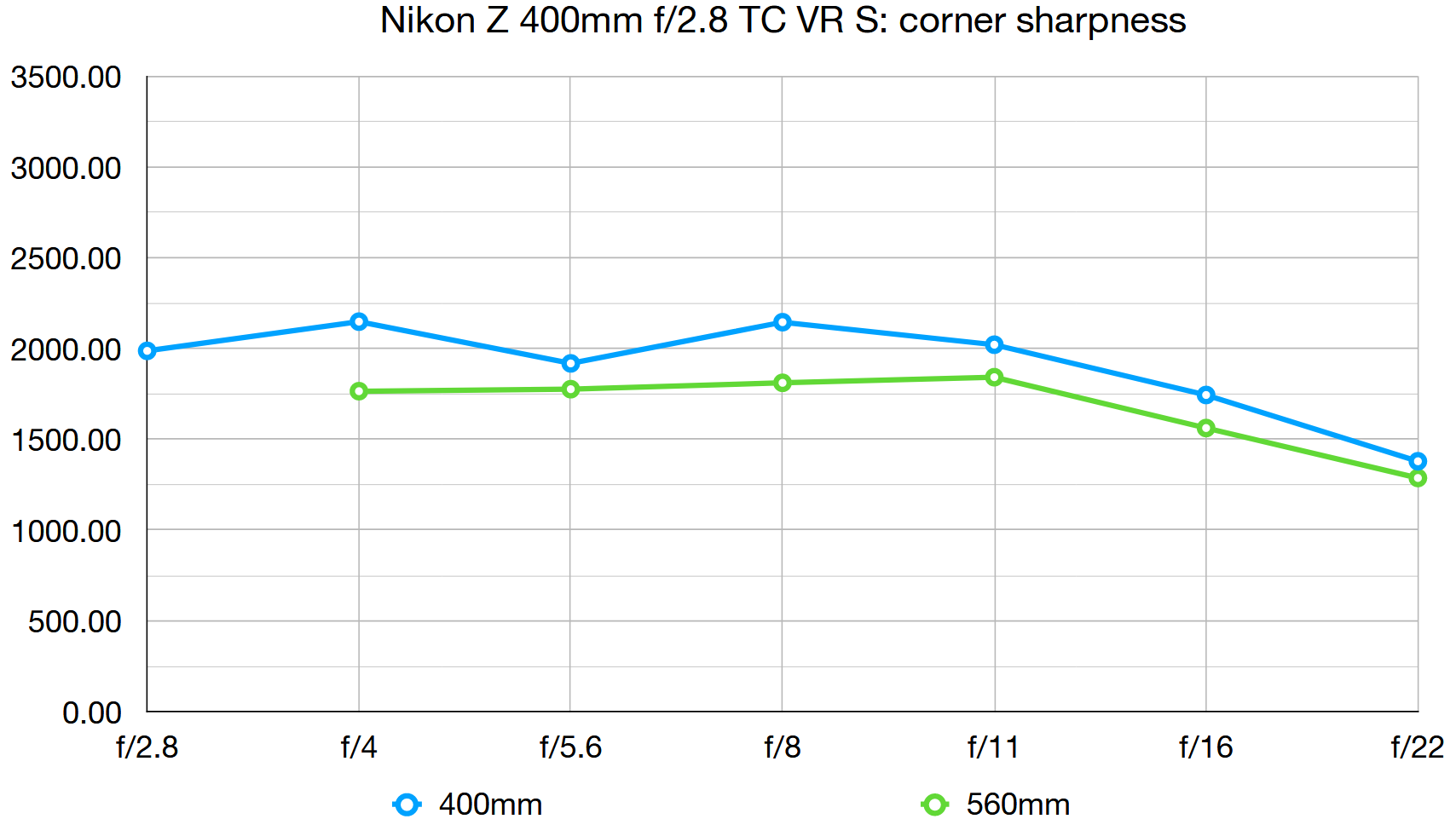
In our lab-tests at 400mm, the lens easily outstripped the Z 100-400mm f/4.5-5.6 VR S for sharpness, and the latter is a very sharp lens. The 400mm TC delivers superlative sharpness across the entire image frame, right out to the extreme edges and corners, even when shooting wide-open. Sharpness is still exceptional for a super-telephoto lens across the whole frame at 560mm with the 1.4x tele-converter added to the mix.
Fringing:
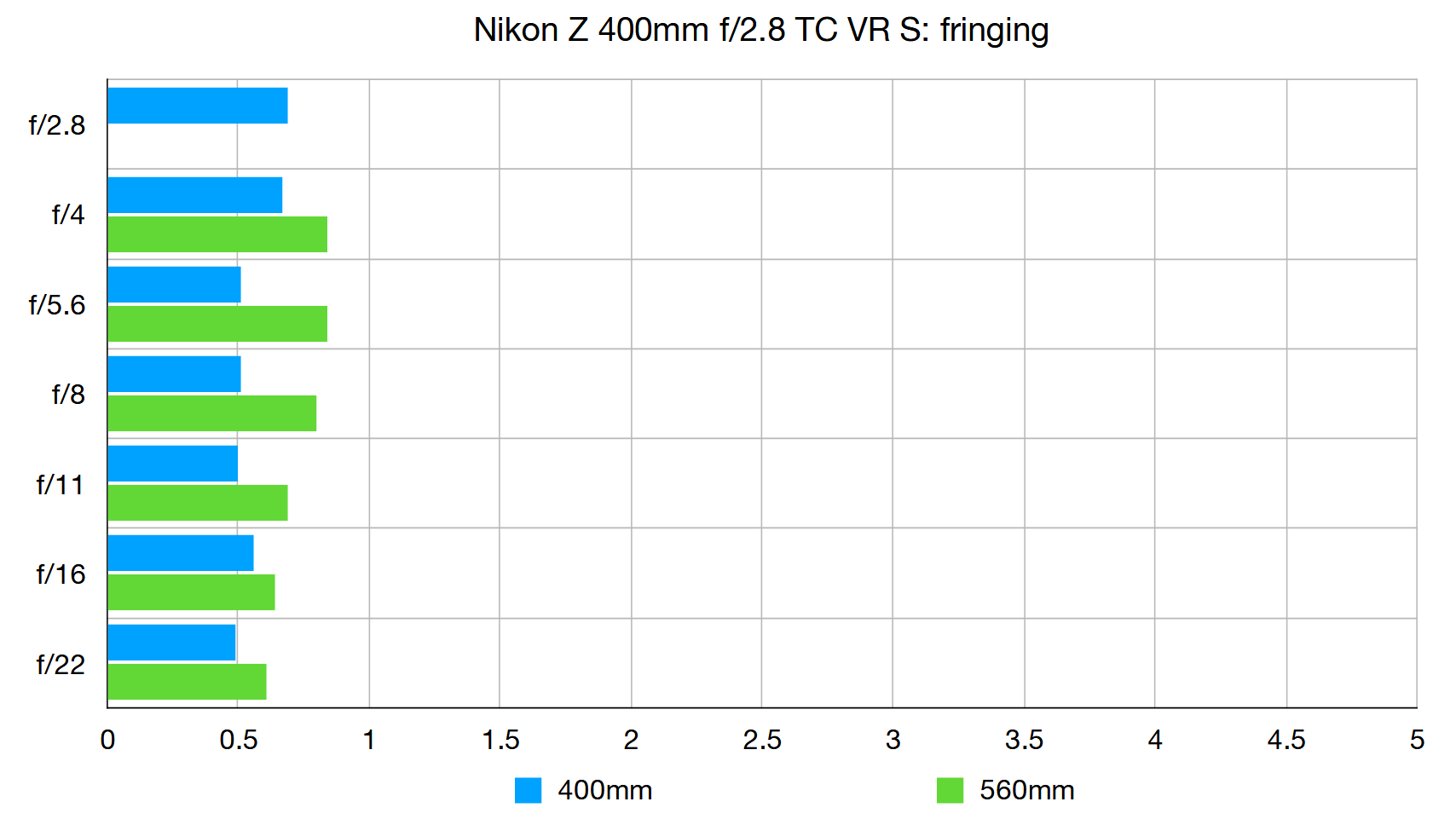
Both with and without bringing the tele-converter into play, color fringing is absolutely negligible across the entire image frame, right out to the extreme edges and corners.
Distortion:
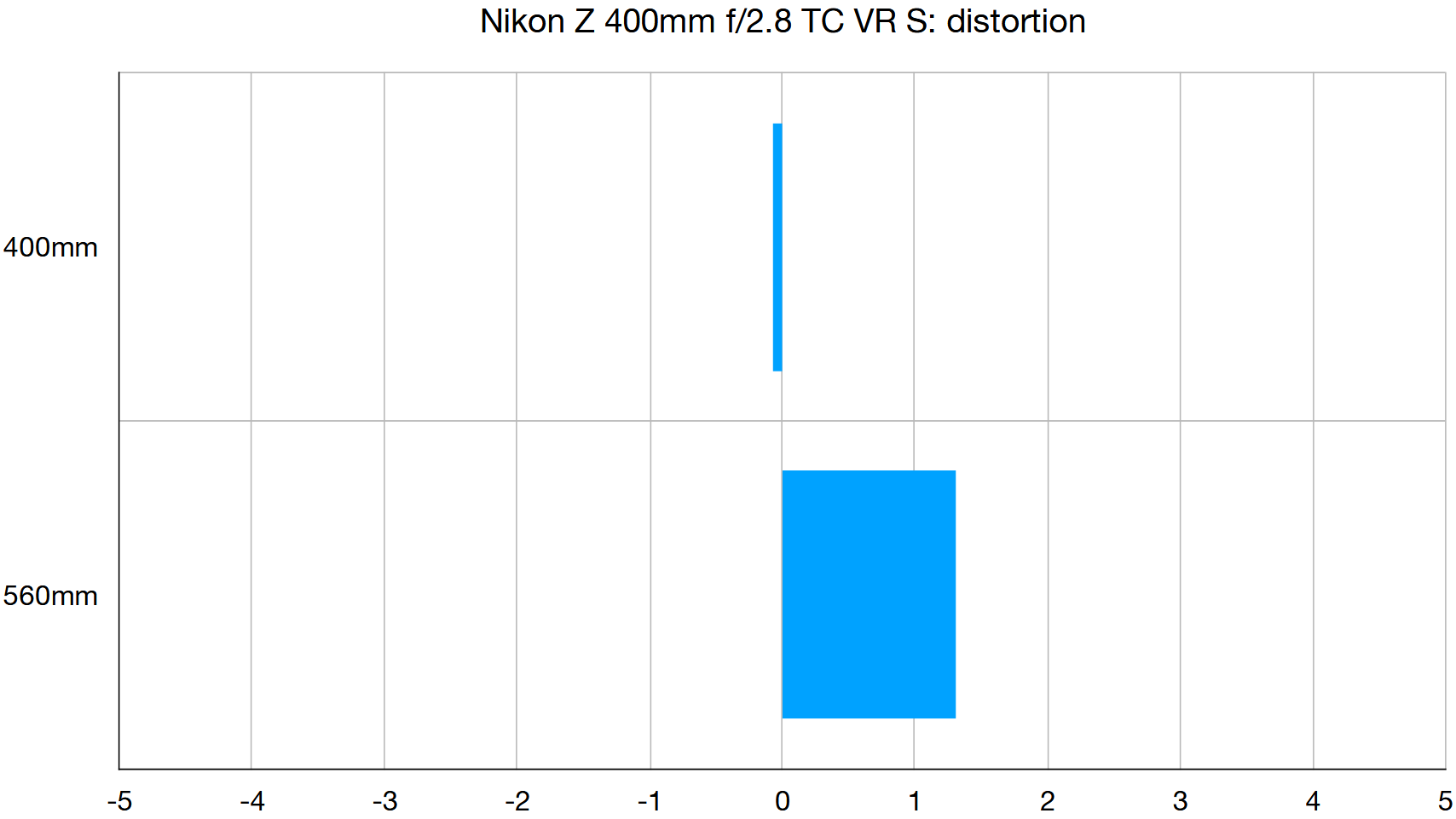
The 400mm TC is essentially a distortion-free lens at its native focal length, and there’s only a touch of pincushion when adding the 1.4x tele-converter which can be easily corrected if necessary.
Verdict
Not many of us would dream of spending around £13,500/$14,000 on a lens. But we’re still curious, in the same way that car buffs like to check out a Ferrari. The million dollar question, so to speak, is whether this Nikkor justifies its price tag. In one word… Absolutely. With its built-in 1.4x tele-converter, it’s like two lenses in one – a 400mm f/2.8 and a 560mm f/4. It delivers spectacular overall performance and stunning image quality in both configurations, has all the handling extras you could wish for, and is built to last a lifetime.
• Pre-order the Nikkor Z 400mm f/2.8 TC VR S at B&H
• Pre-order the Nikkor Z 400mm f/2.8 TC VR S at Adorama
• Pre-order the Nikkor Z 400mm f/2.8 TC VR S at Wex
• Pre-order the Nikkor Z 400mm f/2.8 TC VR S at Park Cameras
• Pre-order the Nikkor Z 400mm f/2.8 TC VR S at Ted's Cameras (AU)
• Pre-order the Nikkor Z 400mm f/2.8 TC VR S at DigiDirect (AU)
Read more:
• Best camera lenses to get
• Best Canon lenses
• Best Nikon lenses
• Best Sony lenses
• Best lenses for bird photography
Matthew Richards is a photographer and journalist who has spent years using and reviewing all manner of photo gear. He is Digital Camera World's principal lens reviewer – and has tested more primes and zooms than most people have had hot dinners!
His expertise with equipment doesn’t end there, though. He is also an encyclopedia when it comes to all manner of cameras, camera holsters and bags, flashguns, tripods and heads, printers, papers and inks, and just about anything imaging-related.
In an earlier life he was a broadcast engineer at the BBC, as well as a former editor of PC Guide.

